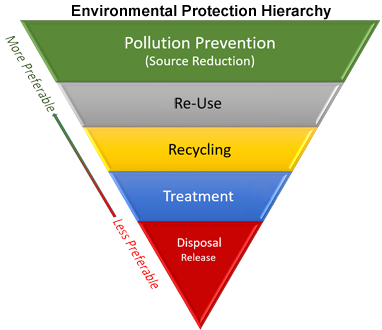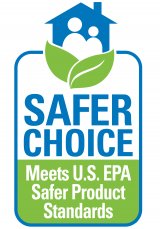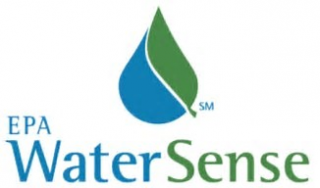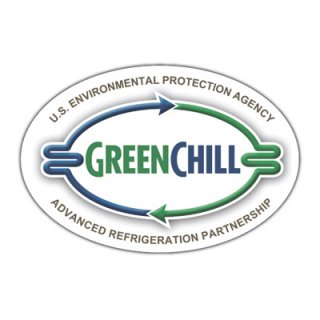Institutional Purchasers of Greener Products and Services
On this page:
- Making a difference
- Considering the full array of impacts
- Evaluating environmental marketing claims
- Using ecolabels and standards
Making a difference for your business, community, and health
By purchasing greener products and services, you will be joining institutional purchasers from across the globe - from schools and universities, to hospitals, to local businesses and more - that are helping improve human health and the environment and catalyzing more socially just communities. By leveraging your buying power, you will help stimulate market demand for and increase availability of greener products and services for all purchasers.
Considering the full array of impacts
Human health and environmental impacts associated with products and services and their associated supply chains may include:
- Climate change
- Exposures to chemicals of concern
- Air pollution
- Water pollution
- Stratospheric ozone depletion
- Natural resource use (e.g., energy, water, materials)
- Waste disposal
- Ecosystem damages
It is important to consider these impacts over a product's entire life cycle:
- Sourcing of raw materials
- Manufacturing
- Packaging
- Transportation
- Distribution
- Retailing
- Use of the product
- Management of the product when it is broken or no longer needed – through repair, reuse, or safe recycling and/or disposal.

Adapted with permission from Interface, Inc.
Different purchase categories have different human health or environmental "hotspots" of concern. For example, formulated products, such as those used in cleaning and personal care, have a high potential for direct human and environmental exposures, hence the toxicity of the formulated product is of paramount importance. Alternatively, water usage may be the primary concern for kitchen and bath fixtures. In these cases, focusing on the hotspot(s) of concern versus the full lifecycle may be most appropriate.

Where possible, purchasers should assess when their choices might result in burden shifting-- resolving one environmental or human health problem only to create others elsewhere. For example, selecting bio-based products reduces fossil fuel extraction and inputs and the emission of greenhouse gases, but the growing and harvesting of bio-feedstocks may pollute water sources and degrade soil quality. Applying a life cycle approach and going beyond single-issue concerns will provide insight into the upstream and downstream trade-offs associated with environmental pressures, human health, and the use of resources.
In addition to these considerations, question whether your institution could reduce its environmental impact by reducing and/or reusing products. This could not only benefit the environment by saving energy, reducing waste, and preventing pollution, but it could also save your institution money. Visit the reducing and reusing basics webpage for more information.
Evaluating environmental marketing claims
Look for products and services verified as meeting environmental performance standards or ecolabels that:
- Cover the key hotspots for that product or service.
- Cover the life cycle of that product or service.
- Were issued or supported by widely respected and trusted standards development organizations or are managed or recommended by EPA (e.g. Safer Choice, WaterSense, ENERGYSTAR, Smartway, SNAP, CPG).
It's important to be aware that some companies or organizations will sometimes make inaccurate claims which make their products or services seem more environmentally preferable than they really are. This process is known as ‘greenwashing’. To better navigate the marketplace look for credible ecolabels and standards and ensure all claims are verified by a third party certifier or meet the Federal Trade Commission's Guides to the Use of Environmental Marketing Claims (Green Guides).
The FTC Green Guides:
- Are intended to reduce consumer confusion and prevent false or misleading use of environmental terms in product advertising and labeling.
- Indicate how the FTC will apply Section 5 of the Federal Trade Commission Act, which prohibits unfair or deceptive acts or practices, in environmental marketing claims.
- Apply to all forms of product and service marketing to the public, including advertisements, labels, package inserts, promotional materials and electronic media.
If you see a claim that does not meet the FTC Green Guides, let the FTC know.
Using ecolabels and standards
EPA has developed a number of ecolabels that can help purchasers identify greener products and services. In addition, EPA manages the Recommendations of Specifications, Standards, and Ecolabels which includes over 40 private sector standards/ecolabels/certifications across 30 purchase categories. Below is a sample of ecolabels that address energy efficiency, water efficiency, fleet management, refrigerant emissions, and green power. Click on each ecolabel to find out more about the individual programs or read our introduction to ecolabels and standards.






